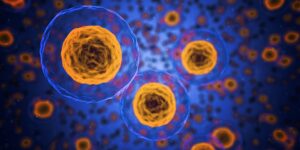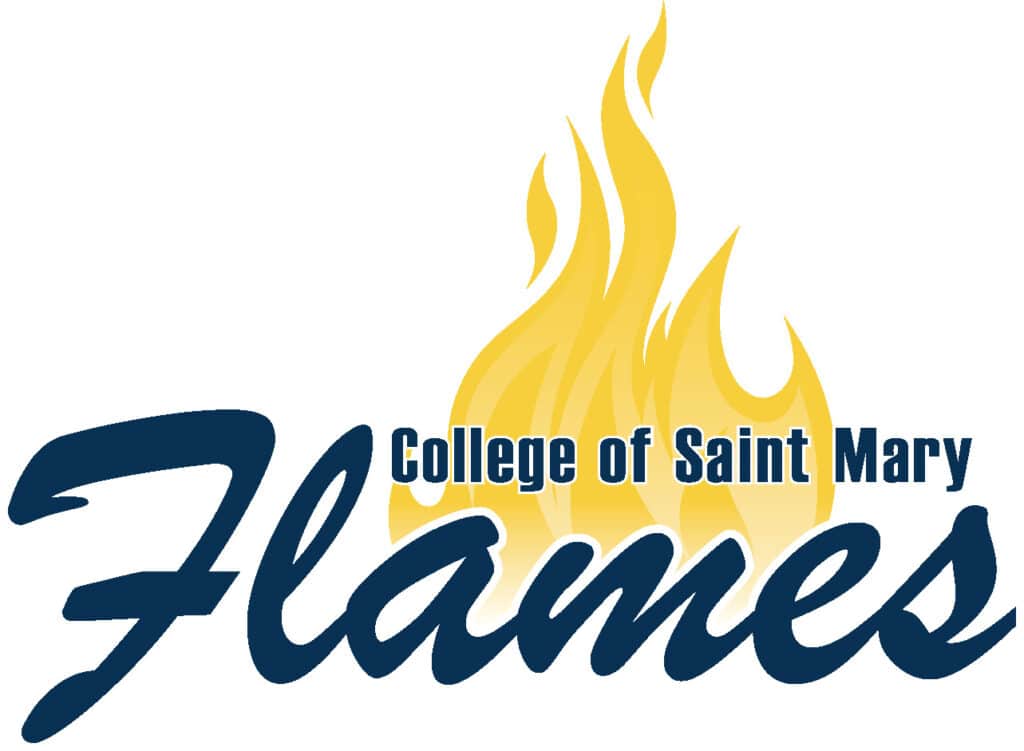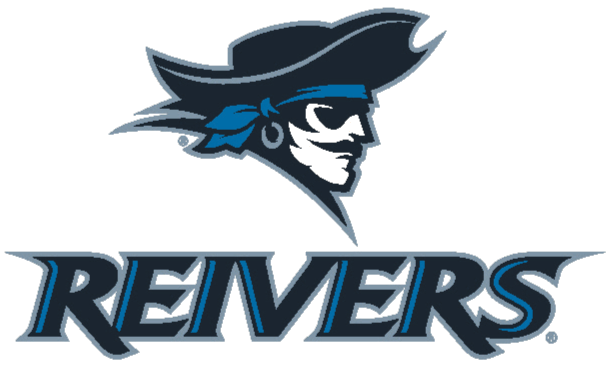
The meniscus is a piece of cartilage that provides a cushion between your femur (thighbone) and tibia (shinbone). There are two menisci in each knee joint. They can be damaged or torn during activities that put pressure on or rotate the knee joint. Taking a hard tackle on the football field or a sudden pivot on the basketball court can result in a meniscus tear. However, you don’t have to be an athlete to get a meniscus tear. Simply getting up too quickly from a squatting position, a sudden pivot or turn, deep squatting, or heavy lifting can lead to a meniscus injury. The meniscus weakens with age and tears become more common in people over the age of 30.
Many athletes are at risk for a meniscus tear. The meniscus can be torn during activities that cause direct contact or pressure from a forced twist or rotation. Sports that require sudden turns and stops may put you at higher risk for meniscus tears. Some of these sports include:
- Football
- Basketball
- Soccer
- Tennis
If someone has osteoarthritis, they are at higher risk of injuring their knee or tearing their meniscus. Osteoarthritis is a common joint disorder involving pain and stiffness in joints caused by aging and wear and tear. When an older person experiences a meniscus tear, it’s more likely to be related to degeneration. This is when the cartilage in the knee becomes weaker and thinner.
When a meniscus tear occurs, you may hear a popping sound around the knee joint. Afterward, you may experience:
- Pain, especially when the area is touched
- Swelling
- Difficulty moving your knee or inability to move it in a full range of motion
- The feeling of your knee locking or catching
- The feeling that your knee is giving way or unable to support you
You may also experience a slipping or popping sensation, which is usually an indication that a piece of cartilage has become loose and is blocking the knee joint.
Contact your doctor if you experience any of these symptoms and they persist for more than a few days or occur after your knee has been injured. Call your doctor immediately if your knee locks and you’re unable to bend your knee after straightening it.
Treatment Plans
After you discuss your symptoms with your doctor, they will examine your knee, test your range of motion, and look closely at the spot where the meniscus is along the joint. Initially, they may treat the knee injury with conservative techniques that include rest, ice, compression, and elevation. If this approach does not provide relief and surgery is not an option, a new procedure utilizing MOS Regenerative Medicine Solutions and Platelet Rich Plasma may be the optimal way to treat the injury.
PRP (Platelet Rich Plasma) is a concentration of platelets and growth factors created from a small amount of the patient’s own blood. It focuses on concentrating on the healing factors to increase the speed of recovery.
The platelets are concentrated down to a cellular level. Outside of the bloodstream these platelets become activated and release important proteins to help increase growth levels and improve the signaling of recruitment / regenerative cells to the injured area.
A similar treatment can be executed for reoccurring sprains as well.

